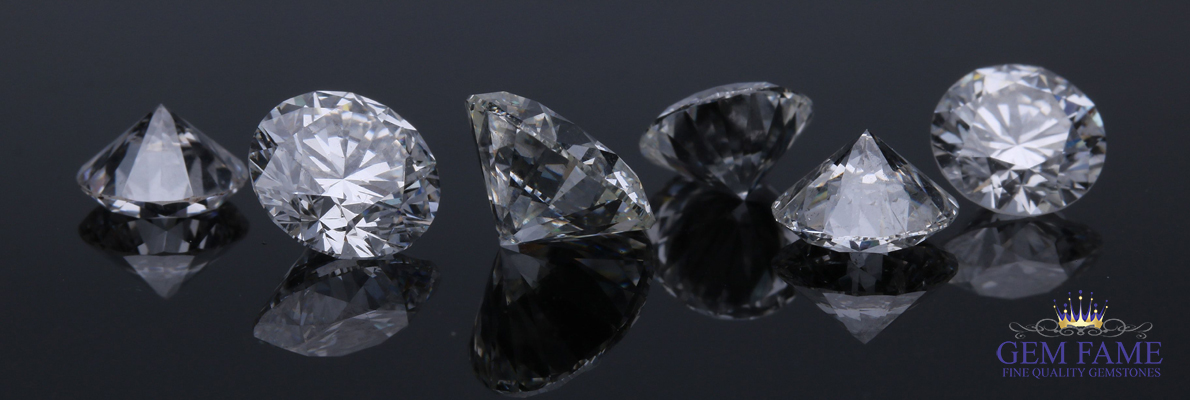Diamond
Unveiling the Multifaceted Benefits of Diamonds: A Comprehensive ExplorationDiamonds, revered for their unparalleled beauty and durability, hold a special place in the world of gemstones. Beyond their exquisite appearance, diamonds offer a myriad of benefits that extend far beyond their aesthetic appeal. In this comprehensive exploration, we delve into the multifaceted benefits of diamonds, uncovering their physical, emotional, and metaphysical properties.
Physical Benefits of Diamonds:
- Durability and Longevity: One of the most notable physical benefits of diamonds is their exceptional durability and longevity. Diamonds are the hardest naturally occurring substance on Earth, making them highly resistant to scratches, chipping, and damage. This durability ensures that diamond jewelry retains its beauty and value for generations to come.
- Brilliance and Sparkle: Diamonds possess a unique ability to refract light, resulting in unparalleled brilliance and sparkle. This optical property not only enhances the beauty of diamond jewelry but also creates a sense of radiance and allure. The mesmerizing sparkle of diamonds adds a touch of glamour to any outfit, making them the perfect choice for special occasions and everyday wear.
- Versatility: Diamonds are incredibly versatile gemstones that can be incorporated into a wide range of jewelry designs. From classic solitaire engagement rings to intricate diamond-encrusted bracelets, diamonds lend themselves to various styles and settings. Their versatility makes them suitable for any occasion, from formal events to casual gatherings.
Emotional Benefits of Diamonds:
- Symbol of Love and Commitment: Perhaps the most well-known emotional benefit of diamonds is their association with love and commitment. Diamond engagement rings have long been regarded as a symbol of everlasting love and fidelity, making them a popular choice for marriage proposals and romantic gestures. The timeless beauty of diamonds serves as a tangible expression of deep affection and devotion.
- Sense of Empowerment: Wearing diamond jewelry can evoke a sense of empowerment and confidence in the wearer. The exquisite beauty and rarity of diamonds serve as a reminder of one’s unique value and potential. Whether worn as a statement piece or a subtle accent, diamonds have the power to uplift the spirit and instill a sense of self-assurance.
- Emotional Healing: Diamonds are believed to possess metaphysical properties that promote emotional healing and spiritual growth. They are said to amplify positive energy and dispel negative emotions, creating a sense of inner peace and harmony. Diamonds are often used in alternative healing practices, such as crystal therapy and meditation, to promote emotional well-being and balance.
Metaphysical Benefits of Diamonds:
- Enhanced Energy Flow: Diamonds are believed to have a unique ability to enhance the flow of energy within the body and surrounding environment. They are said to stimulate the crown chakra, the highest energy center in the body, promoting spiritual enlightenment and awareness. By aligning the chakras and facilitating energy flow, diamonds can help restore balance and vitality.
- Clarity of Mind: Diamonds are associated with mental clarity and focus, helping to sharpen the mind and improve concentration. They are believed to clear away mental fog and promote mental acuity, making them valuable tools for studying, problem-solving, and decision-making. By enhancing cognitive function, diamonds can support greater mental clarity and insight.
- Spiritual Evolution: Diamonds are often regarded as symbols of spiritual evolution and enlightenment. They are said to facilitate spiritual growth and transformation, helping individuals connect with their higher selves and divine purpose. By attuning the mind, body, and spirit to higher frequencies of consciousness, diamonds can support personal growth and evolution.
Conclusion: In conclusion, diamonds offer a wealth of benefits that extend far beyond their dazzling appearance. From their exceptional durability and versatility to their profound emotional and metaphysical properties, diamonds have captivated humanity for centuries with their timeless beauty and enduring allure. Whether worn as a symbol of love and commitment, a source of empowerment and confidence, or a tool for spiritual growth and enlightenment, diamonds continue to inspire awe and admiration around the world. Explore Gemfame’s exquisite collection of diamonds to experience the transformative power of these extraordinary gemstones firsthand.





